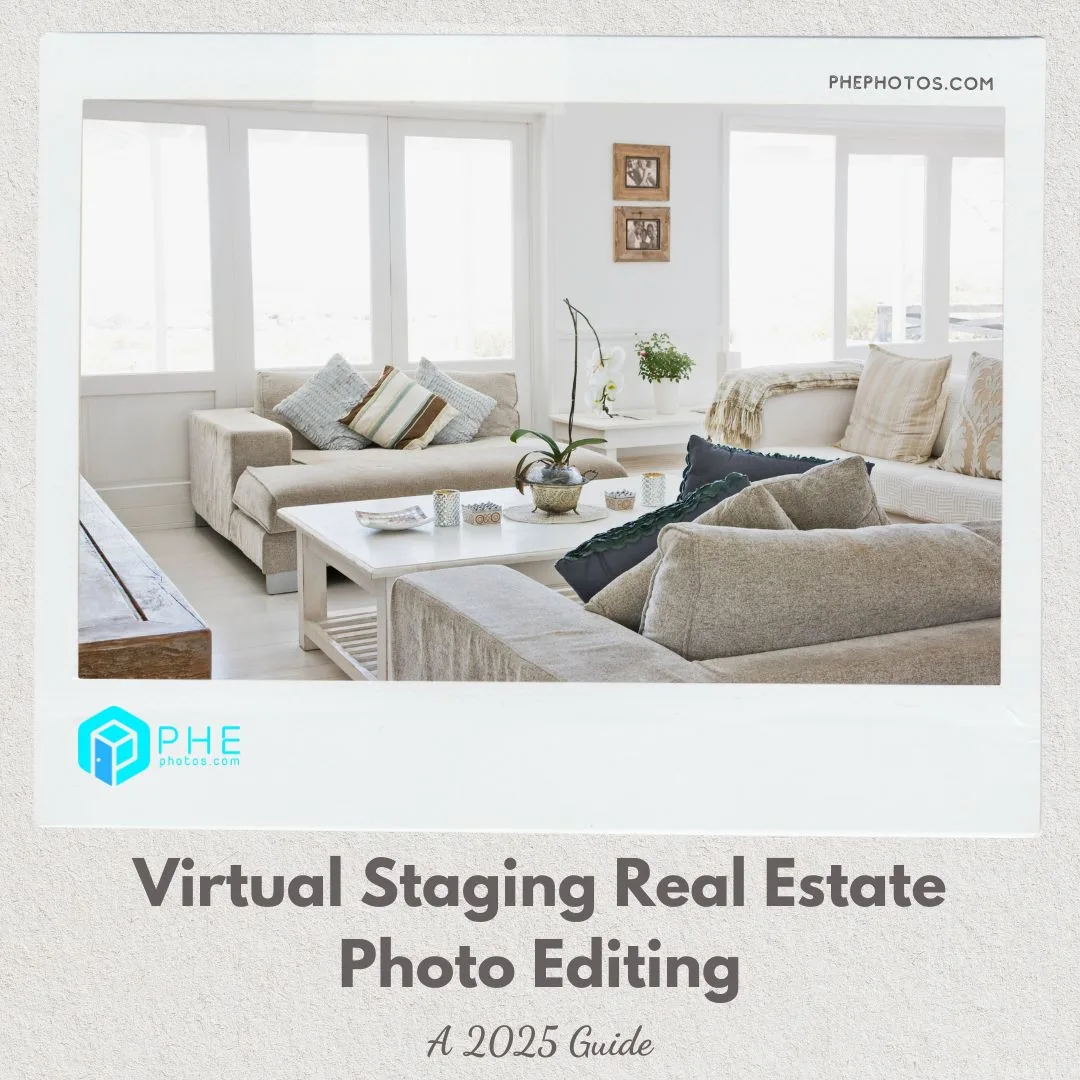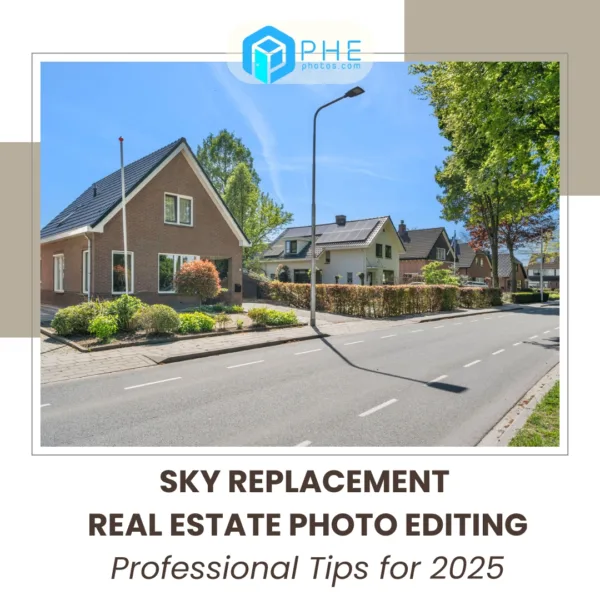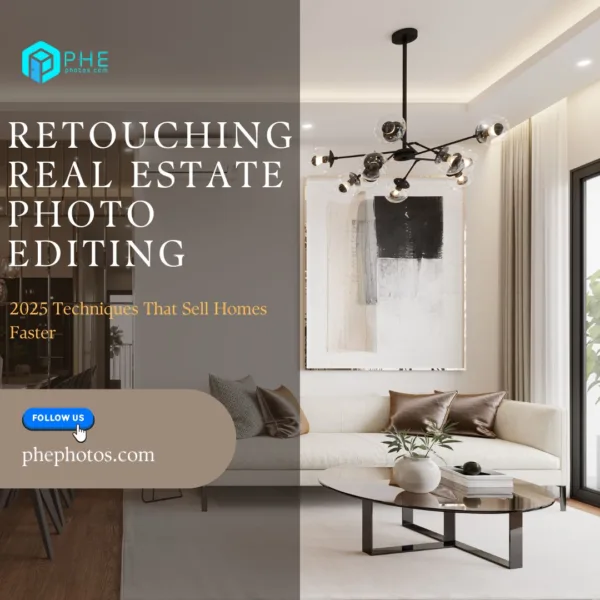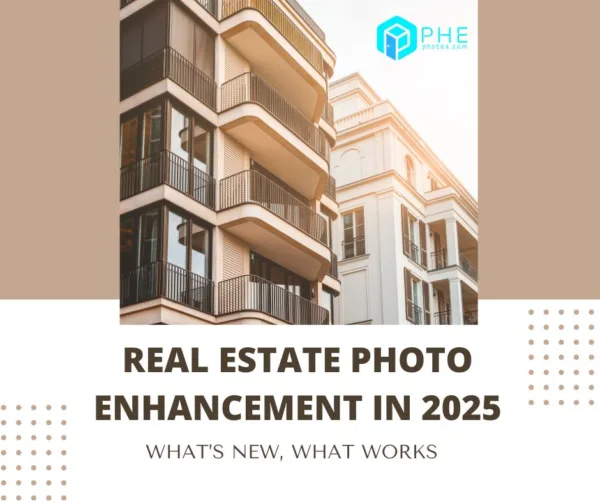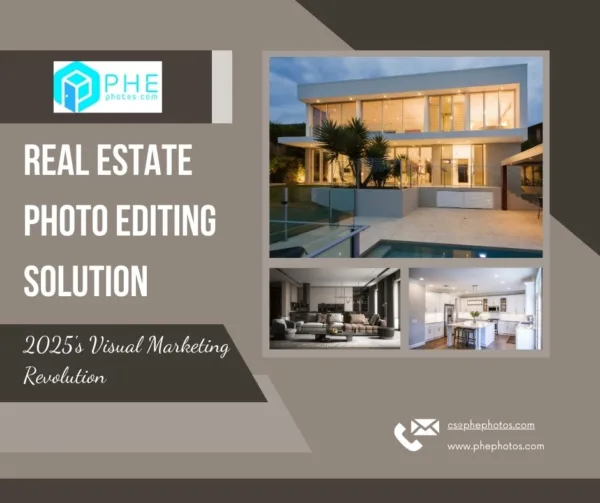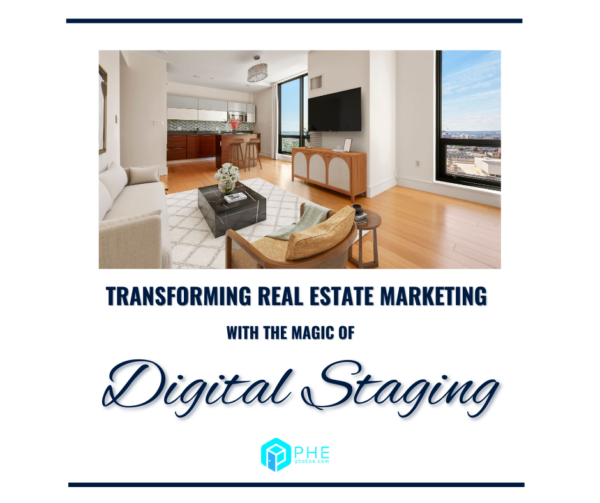Virtual Staging Real Estate Photo Editing: A 2025 Guide
There’s no doubt that first impressions are more important than ever in real estate listings in the current market. Buyers judge listings within seconds. That’s where virtual staging real estate photo editing comes in. This digital technique turns empty or outdated spaces into attractive visual assets.
What is Virtual Staging?
Virtual staging is a photo editing service that digitally furnishes a property’s photos. It adds realistic furniture, décor, and accessories. This enables purchasers to see a space’s full potential.
Unlike traditional staging, virtual staging is more affordable and time-efficient. It eliminates the need for moving physical furniture.
Why Is Virtual Staging in Demand?
Real estate markets in 2025 remain competitive. In late 2024, 82% of buyers’ agents who participated in a NAR survey stated that staging assisted clients in visualizing the property.
Virtually staged listings also perform better online. According to Realtor.com, homes that have been staged sell 73% more quickly than those that have not. Most buyers first browse listings on smartphones or tablets. Clean, digitally enhanced photos get more attention.
The Role of Real Estate Photo Editing
Virtual staging relies heavily on high-quality photo editing. Editors remove clutter, adjust lighting, and ensure realistic furniture placement. Every detail, from shadow direction to room scale, must appear natural.
A good editor maintains architectural accuracy. They match interior styles to the home’s location and target demographic.
Key Benefits of Virtual Staging Real Estate Photo Editing
1. Cost-Effective Marketing Tool
Traditional staging can cost thousands. Virtual staging often starts at $20 per image. This makes it ideal for budget-conscious sellers.
2. Faster Listing Turnaround
With photo editing software and AI tools, images can be delivered in 24–48 hours. This speeds up marketing.
3. Customizable Room Styles
Clients can choose modern, rustic, Scandinavian, or minimalistic styles. This helps target specific buyer tastes.
4. Flexible Use Across Platforms
Images that have been virtually staged are ideal for printed brochures, social media, and websites. Consistency across platforms boosts brand identity.
5. Environmentally Friendly Option
No physical transportation or furniture waste. This aligns with growing trends toward sustainable selling strategies.
What’s New in 2025?
Virtual staging software now uses AI to suggest furniture layouts and color schemes. Tools like BoxBrownie, roOomy, Phephotos and BeatColor have integrated real-time rendering features.
According to a 2025 Zillow survey, listings using virtual staging had 18% more online engagement than those without.
Another emerging trend is virtual twilight staging, which enhances curb appeal by simulating evening light. These images attract more evening-time browsers.
Common Use Cases in Real Estate
- Vacant Homes: Empty rooms are hard to visualize. Virtual staging adds life to lifeless spaces.
- Rented Units: Photos can be edited to remove tenants’ furniture and replace it with appealing décor.
- Outdated Interiors: Replace old carpet, wallpaper, or furniture to match modern trends.
- Commercial Spaces: Offices and retail spaces can be digitally staged to attract business tenants.
Best Practices for Virtual Staging
1. Use High-Resolution Photos
Editing works best with clear, well-lit original photos. Low-quality inputs lead to poor virtual results.
2. Stay Honest with Buyers
Always disclose which images are virtually staged. By doing this, legal problems are avoided and trust is increased.
3. Choose a Reputable Provider
Work with an experienced editing company that understands real estate standards.
4. Don’t Overstage
Keep furniture minimal and tasteful. Too much décor can overwhelm the space and reduce visual clarity.
5. Combine with Other Edits
Incorporate virtual staging with color correction, object removal, and sky replacement. These enhance overall image appeal.
Virtual Staging vs. Traditional Staging
While traditional staging provides physical interaction, it’s costly and time-consuming. Virtual staging is more flexible, faster, and less expensive.
In today’s fast-moving market, speed matters. With virtual staging, a listing can go live in less than two days.
It also works well for international sellers who can’t manage staging onsite. Everything happens remotely with email and file sharing.
Choosing the Right Service Provider
Not all editing companies are equal. Look for teams with strong portfolios and diverse staging styles.
Ensure the provider uses licensed furniture models and guarantees high realism. Some editors even offer revisions and free previews.
Popular companies in 2025 include Phephotos, BeatColor, BoxBrownie, and VHT Studios.
Final Thoughts
Virtual staging real estate photo editing is now required. It’s an essential part of property marketing in 2025.
It attracts more views, sells homes faster, and offers high-quality results at a low cost.
With tools improving every year, realtors and sellers should embrace this modern solution. Virtual staging doesn’t just show space — it sells potential.
Read more:
Virtual Dusk Real Estate Photo Editing: The Key to Captivating Listings
Transforming Real Estate Marketing with the Magic of Digital Staging
Real Estate Photo Editing Solution: 2025’s Visual Marketing Revolution

